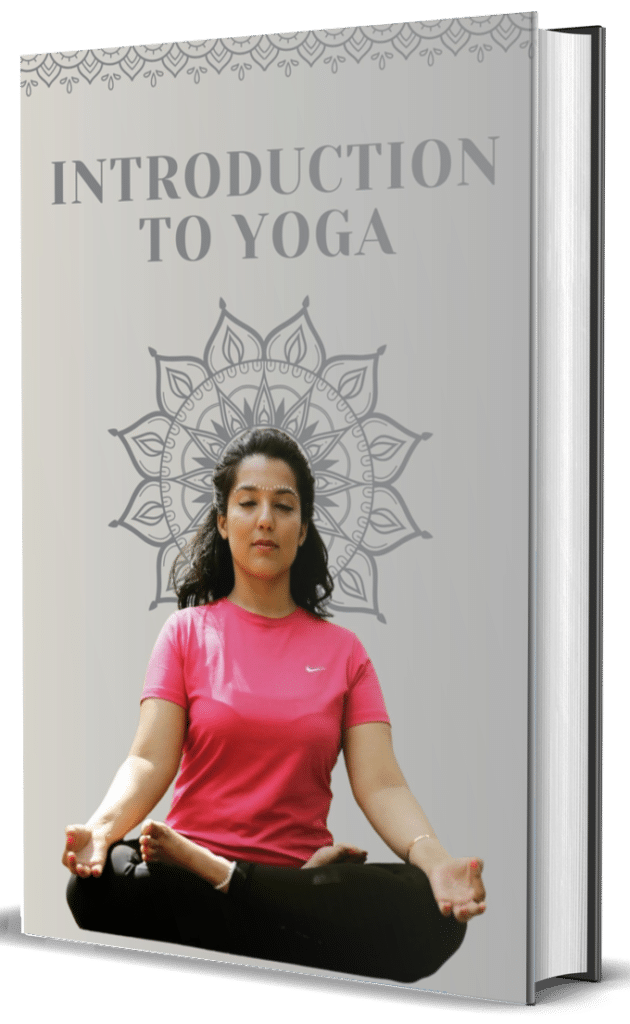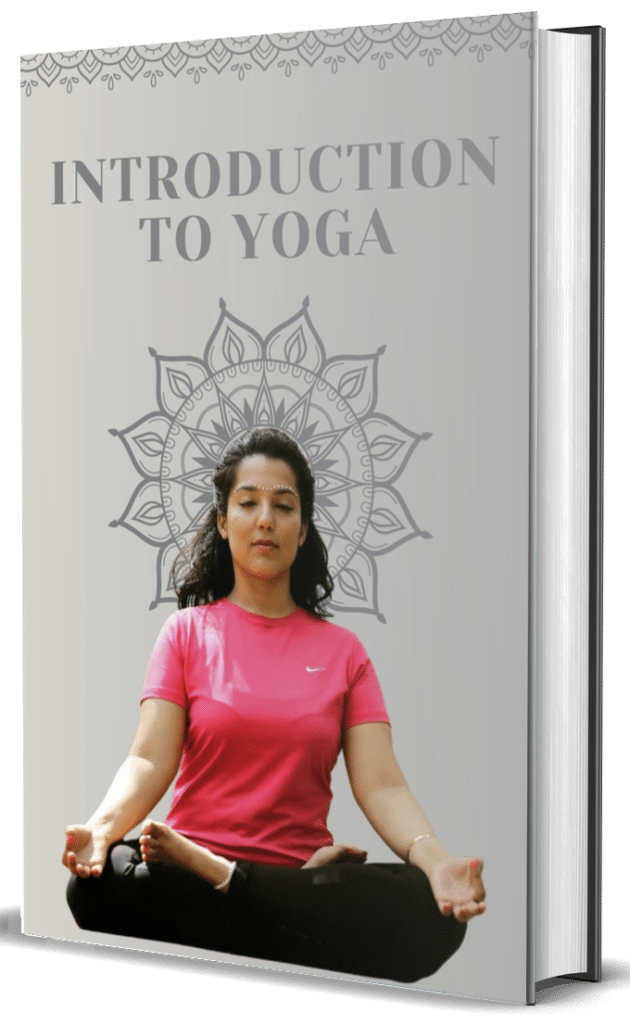Wall Rope Yoga or Yoga Kurunta is a specialized system that uses wall-mounted ropes to support practitioners in traditional asanas. Developed from B.K.S. Iyengar’s innovative approach to yoga props this method allows for deeper exploration of poses with greater safety and accessibility. The Sanskrit term ‘kurunta’ means puppet referencing how the ropes support the body similar to a marionette.
The wall rope system typically consists of several pairs of ropes with loops or handles attached to sturdy wall brackets at various heights. These ropes provide traction suspension and support enabling practitioners to experience poses with reduced compression enhanced alignment and minimized effort. This approach makes challenging postures accessible while simultaneously providing feedback about proper alignment.
Benefits of Wall Rope Yoga include: decompression of the spine without compression of discs; deeper stretches with greater control; improved understanding of alignment principles; enhanced proprioception; accessible inversions without neck strain; and therapeutic applications for those with injuries or limitations. The support offered by ropes allows practitioners to hold poses longer experiencing their full benefits without fatigue.
This method is particularly valuable for backbends inversions forward folds and restorative postures. Common rope yoga postures include supported inversions hanging backbends supported standing poses and unique variations impossible without rope support. While typically taught in specialized studios with proper equipment many adaptations can be created for home practice using sturdy doorways or freestanding frames.



